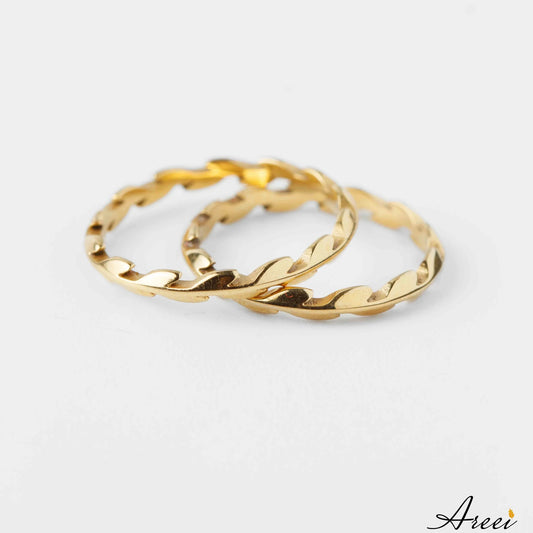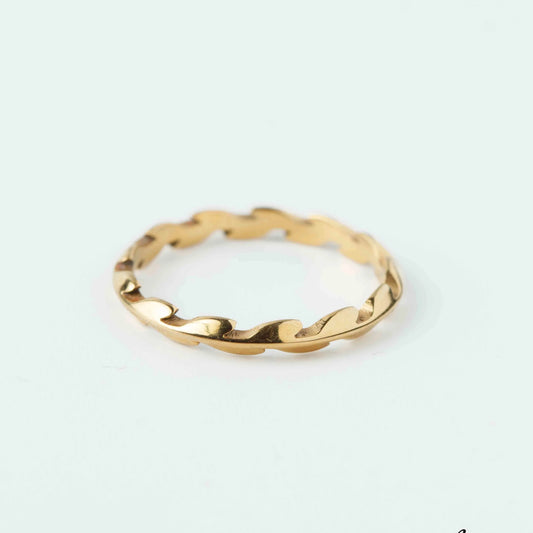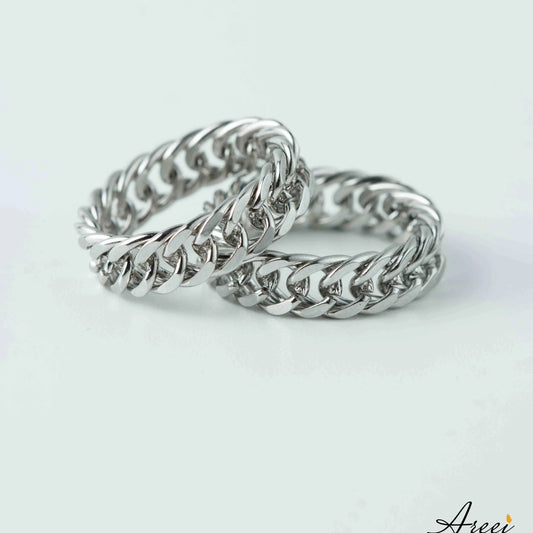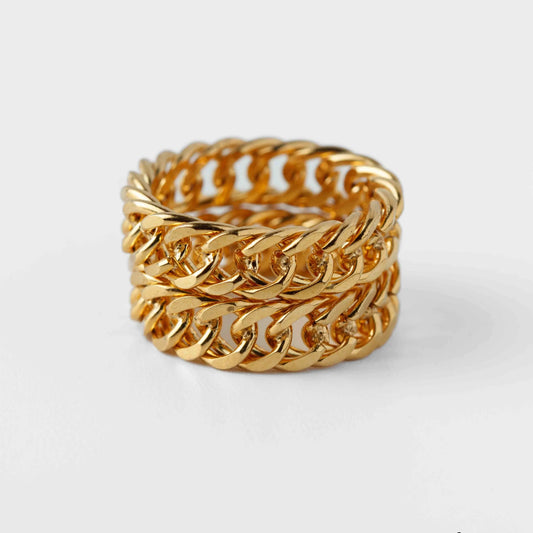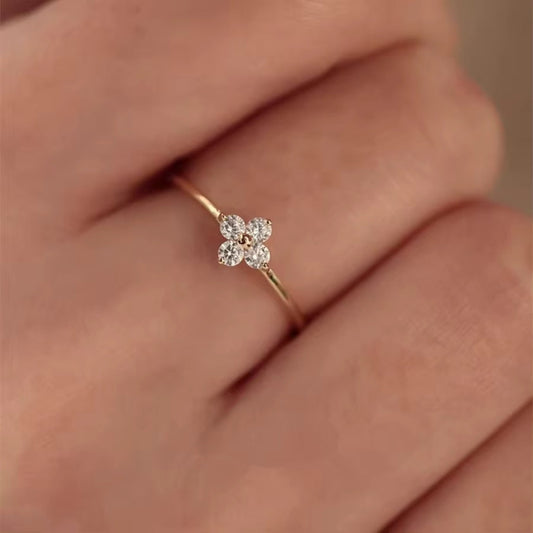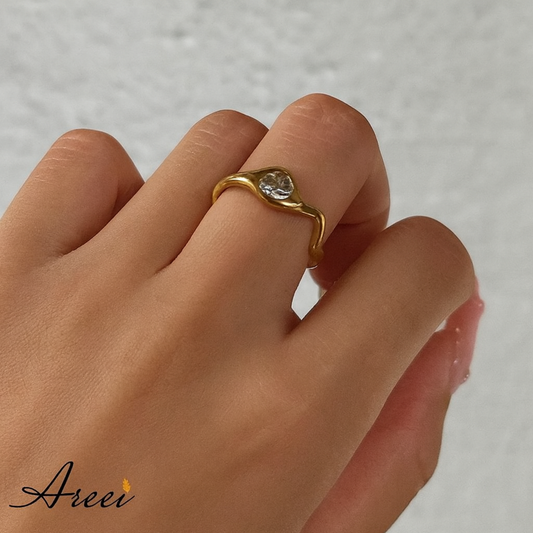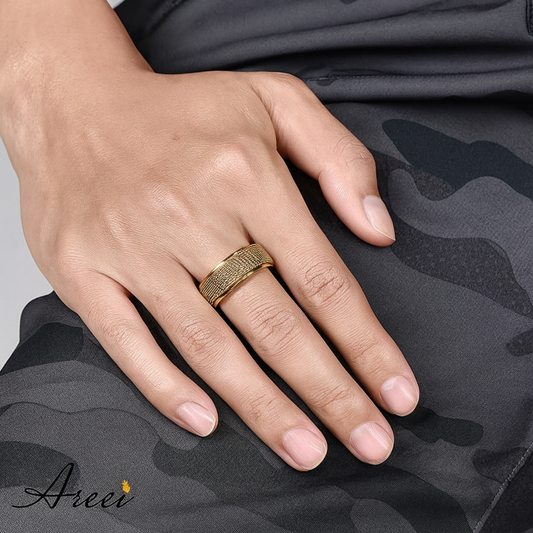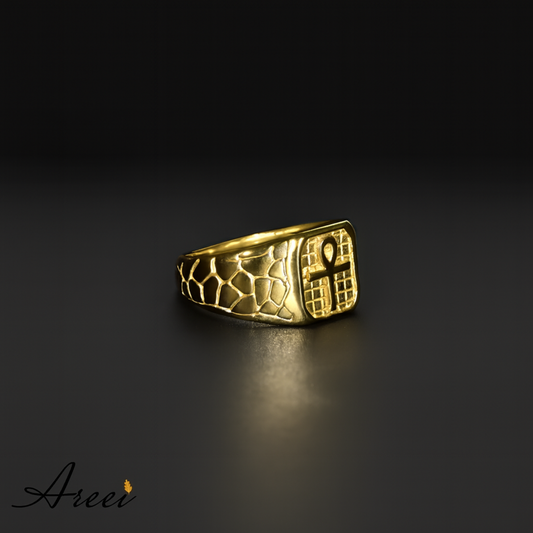When searching for the perfect engagement ring stone, many couples find themselves torn between moissanite and lab-grown diamonds. Both offer stunning beauty at more affordable prices than natural diamonds, but understanding their differences is crucial for making the right choice. This comprehensive guide explores everything you need to know about moissanite versus lab diamonds, from sparkle and durability to cost and appearance.
What Is Moissanite?
Moissanite is a naturally occurring mineral composed of silicon carbide, first discovered in a meteor crater in Arizona in 1893 by French scientist Henri Moissan. However, natural moissanite is extremely rare, so virtually all moissanite used in jewellery today is lab-created. This gemstone has gained popularity as a diamond alternative due to its exceptional brilliance and fire, often appearing more sparkly than diamonds themselves.
What Are Lab Diamonds?
Lab-grown diamonds, also known as synthetic or cultured diamonds, are real diamonds created in controlled laboratory environments rather than formed naturally over millions of years underground. They possess identical physical, chemical, and optical properties to mined diamonds, making them virtually indistinguishable to the naked eye. The main difference lies in their origin and typically lower price point.
Key Differences Between Moissanite and Lab Diamonds
Brilliance and Fire
One of the most noticeable differences between these stones lies in how they handle light. Moissanite can have more fire and brilliance than a diamond or most other gems. This means that it appears to have more sparkle than a diamond. Lab Diamonds vs. Moissanite refract light differently. For you gem geeks out there, Diamond is singly refractive, and Moissanite is doubly refractive.
This difference means moissanite exhibits more "rainbow fire" - colourful flashes of light - whilst lab diamonds display the classic white brilliance associated with traditional diamonds. There is a significant difference in the visuals of moissanite and lab diamonds, this is because moissanite has a higher refractive index than diamonds which results in different colours being reflected out of the gemstone when light passes through
Hardness and Durability
When it comes to durability, both stones are excellent choices for daily wear, though diamonds have a slight edge. Lab-grown diamonds share this perfect score, making them the hardest known material. Moissanite, while also durable, scores a 9.25, making it resistant to scratches but slightly softer than diamonds.
This means both stones are suitable for engagement rings and everyday jewellery, with lab diamonds being virtually indestructible and moissanite being highly resistant to scratching and damage.
Cost Comparison
Perhaps the most significant factor for many buyers is price. When comparing moissanite vs. lab diamond pricing, moissanite is generally more affordable. This price difference makes moissanite an attractive option for budget-conscious shoppers.
The cost differences are substantial:
- Lab grown diamonds generally cost about 50-70% less than comparable natural diamonds, while moissanite can cost significantly less at just 20% of the cost of a comparable natural diamond.
- The cost of moissanite can vary depending on the size, cut, and quality, but it is generally less expensive than lab-grown diamonds and significantly less expensive than natural diamonds.
Appearance and Colour
Both stones can appear colourless, though there are subtle differences. Like natural diamonds, lab grown diamonds vary in color. High-quality lab diamonds are available in truly colourless grades, whilst premium moissanite options are crafted to appear colorless, though differences remain when compared to diamonds.
The key visual difference lies in the type of sparkle each produces. Lab diamonds offer the traditional diamond look with white light reflection, whilst moissanite produces more colourful flashes that some find more eye-catching but others may consider less diamond-like.
Environmental Impact
Both options offer environmental advantages over mined diamonds. Today, moissanite is exclusively grown in laboratories as an alternative to diamonds. Created in a controlled environment with advanced technology, it is easily traceable and requires no mining. This means moissanite has a smaller carbon footprint and lessened environmental impact than a naturally mined stone.
Similarly, lab diamonds eliminate the environmental disruption associated with diamond mining, making both choices more sustainable than traditional diamonds.
Which Should You Choose?
The choice between moissanite and lab diamonds depends on your priorities:
Choose Moissanite If You Want:
- Maximum sparkle and fire
- The most affordable option
- A unique gemstone that's not a diamond
- Excellent durability for everyday wear
- An environmentally conscious choice
Choose Lab Diamonds If You Want:
- A real diamond with traditional diamond appearance
- Classic white brilliance rather than rainbow fire
- Maximum hardness and durability
- A stone that's indistinguishable from mined diamonds
- Better long-term value retention
Sizing and Measurement Differences
When shopping, be aware that moissanite generally weighs approximately 15% less than diamonds. Instead of using carat weight like lab-created diamonds, moissanite is priced in millimeters. This means a moissanite stone will appear larger than a diamond of the same carat weight.
Final Considerations
Both moissanite and lab diamonds offer exceptional beauty and value compared to natural diamonds. Moissanite is less expensive than diamond, making it a more affordable option for those on a budget. Lab diamonds are a great way to own real diamonds without the extra cost of natural diamonds.
Your decision should ultimately come down to personal preference, budget, and what qualities matter most to you. If you value maximum sparkle and affordability, moissanite might be your perfect match. If you prefer the prestige and classic appearance of a real diamond at a reasonable price, lab-grown diamonds could be ideal.
Both options offer stunning beauty, excellent durability, and ethical peace of mind, ensuring that whatever you choose will create a beautiful and meaningful piece of jewellery that can be treasured for years to come.
If you're ready to create the perfect engagement ring with either moissanite or lab diamonds, consider exploring Bespoke Engagement Ring Services to design a truly unique piece that reflects your personal style and preferences.


